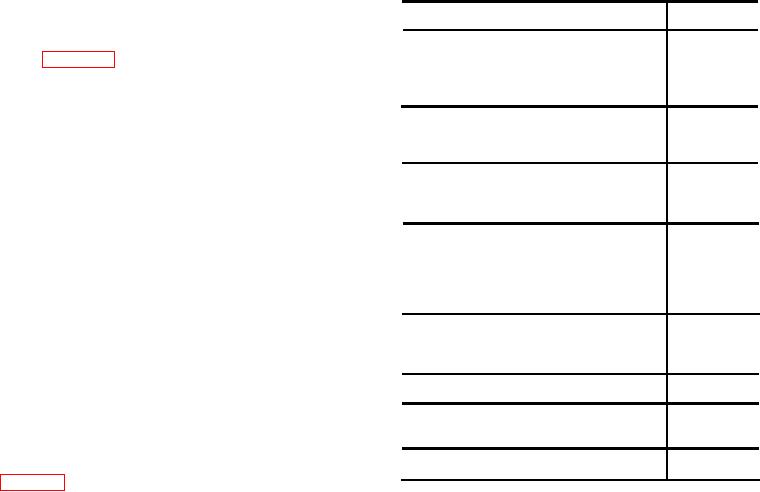
Table 3-1.--SAE Numbers with Their Corresponding
process used to make the steel, and the SAE system
Alloying Elements
does not. The letters are B--acid Bessemer carbon
steel; C--basic open-hearth or basic electric-furnace
carbon steel; and E--electric-furnace alloy steel.
Type of Steel
SAE Number
The first digit normally indicates the basic type of
Carbon Steels
1xxx
steel. Table 3-1 shows the SAE numbers with their
Plain carbon
10xx
Free cutting (screw lock)
11xx
corresponding alloying elements.
High manganese
13xx
The second digit normally indicates a series
Nickel Steels
2xxx
within the group. The term series usually refers to the
3.50% nickel
23xx
5.00% nickel
25xx
percentage of the major alloying element. Sometimes
the second digit gives the actual percentage of the
Nickel-Chromium Steel
3xxx
chief alloying element; in other cases, the second digit
1.25% nickel, 0.60% chromium
31xx
3.50% nickel, 1.50% chromium
33xx
may indicate the relative position of the series in a
group without reference to the actual percentage.
Molybdenum Steels (0.25% molybdenum)
4xxx
1.0% chromium
41xx
The third, fourth, and fifth digits indicate the
0.5% chromium, 1.8% nickel
43xx
2% nickel
46xx
average carbon content of the steel. If the carbon
3.5% nickel
48xx
content is less than 1.00 you will have only four
digits. The carbon content is expressed in points; for
Chromium Steels
5xxx
Low chrome
51xx
example: 2 points = 0.02 percent, 20 points = 0.20
Medium chrome
52xx
percent, and 100 points = 1.00 percent. To make the
various steels fit into this classification, it is
Chromium-Vanadium Steels
6xxx
sometimes necessary to vary the system slightly.
Nickel-Chromium-Molybdenum
8xxx
However, you can easily understand such variations if
(low amounts)
you understand the system. Let's look at a few
examples. Check them against the number in
Silicon-Manganese
92xx
(1) SAE 1035: The first digit is 1, so this is a
carbon steel. The second digit, 0, shows there is no
Other series within the molybdenum steel group
other important alloying element, so this is a PLAIN
are identified by the second digit. If the second digit
carbon steel. The next two digits, 35, show that the
is 1, the steel is chromium-molybdenum steel; if the
AVERAGE carbon content is 0.35 percent. There are
second digit is 3, the steel is a nickel-chromium-
also small amounts of other elements such as
molybdenum steel; if the second digit is 6, the steel is
manganese, phosphorus, and sulfur.
a nickel-molybdenum steel. In such cases, the second
digit does not indicate the actual percentage of the
(2) SAE 1146: This is a resulfurized carbon steel
alloying elements, other than molybdenum.
(often called free cutting steel). The first digit
indicates a carbon steel. The second digit shows an
(4) SAE 51100: This number identifies a
average manganese content of 1.00 percent. The last
chromium steel (first digit) with approximately 1.00
two digits show an average carbon content of 0.46
percent chromium (second digit) and an average
percent. The amount of sulfur added to this steel
carbon content of 1.00 percent (last three digits). The
ranges from 0.08 to 0.13 percent. Manganese and
actual chromium content of SAE 51100 steels may
sulfur in this quantity make this series of steel one of
vary from 0.95 to 1.10 percent.
the most easily machined steels available.
(5) SAE 52100: This number identifies a
(3) SAE 4017: The first digit, 4, indicates that
chromium steel (first digit) of a higher alloy series
this is a molybdenum steel. The second digit, 0,
(second digit) than the SAE 51100 steel just
indicates there is no other equally important alloying
described. Note, however, that in this case the second
element, so this is a plain molybdenum steel. The last
digit, 2, merely identifies the series but does NOT
two digits, 17, show that the average carbon content is
show the percentage of chromium. A 52100 steel will
actually have from 1.30 to 1.60 percent chromium
0.17 percent.
3-7

